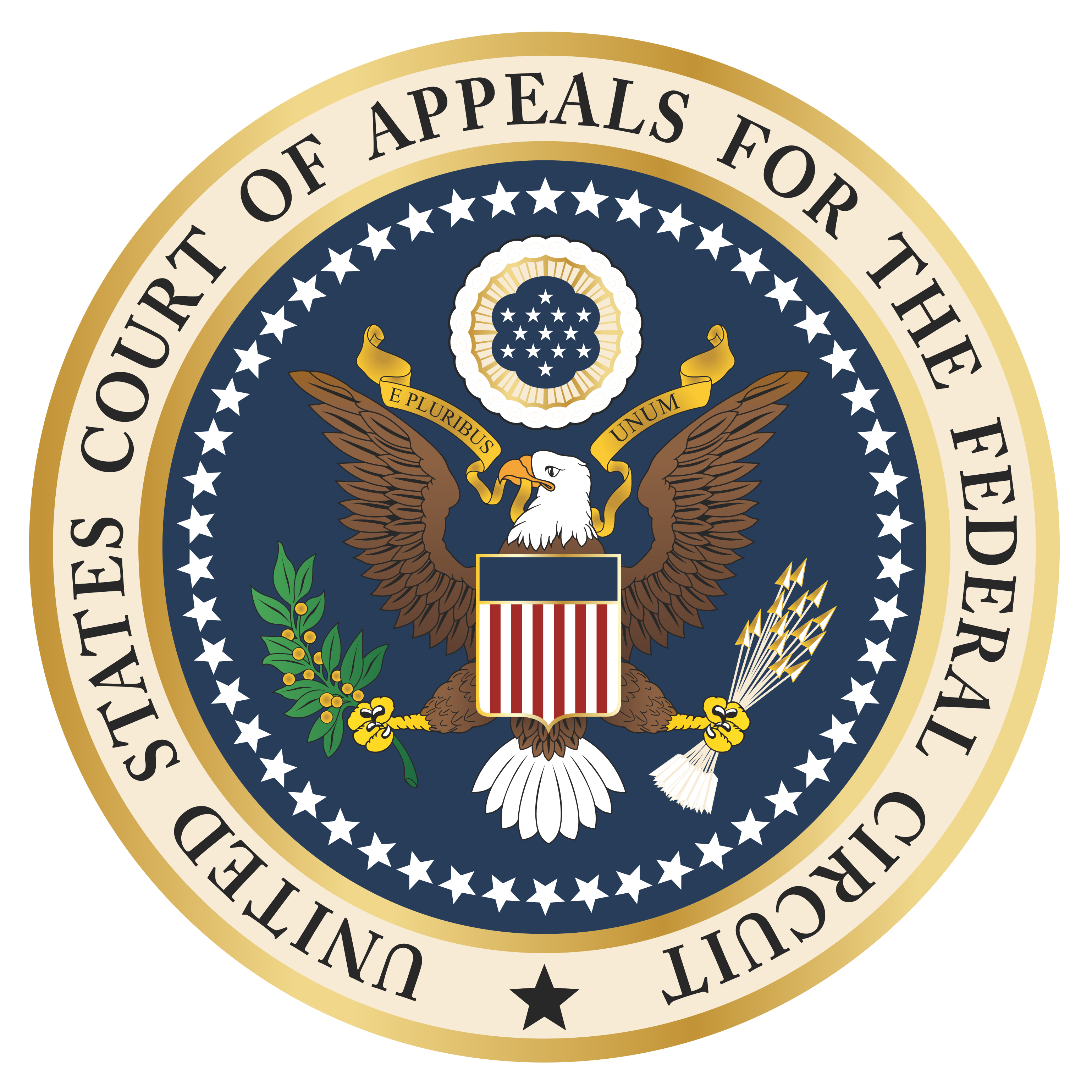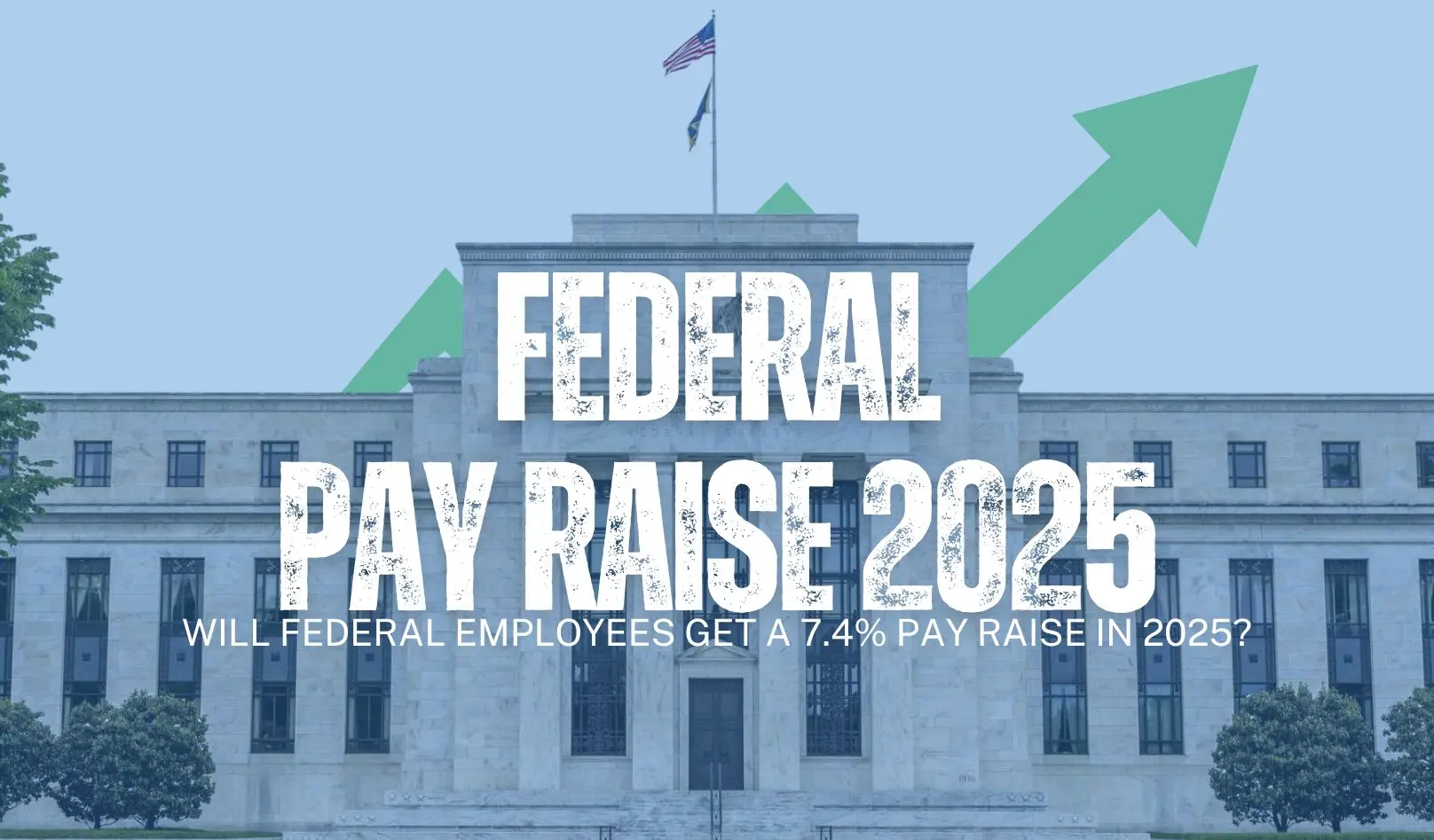
The Unseen Battle: Navigating the Labyrinth of Federal Recognition for Indian Tribes
For generations, countless Indigenous communities across the United States have waged a silent, yet profound battle – not with weapons, but with documents, genealogies, and the enduring spirit of their ancestors. Their quest: federal recognition. This elusive status, granted by the U.S. government, is far more than a bureaucratic designation; it is the gateway to self-determination, the acknowledgment of a sovereign nation, and access to essential services and protections. Yet, the path to recognition is a labyrinthine process, fraught with immense historical, financial, and emotional challenges, often stretching over decades and demanding an almost unimaginable burden of proof.
At its core, federal recognition formally acknowledges a tribe’s existence as a distinct, sovereign political entity with a government-to-government relationship with the United States. This status bestows a host of critical benefits: the right to self-governance, access to federal funding for healthcare, education, housing, and infrastructure through the Bureau of Indian Affairs (BIA) and other agencies, and the ability to reclaim and manage ancestral lands in trust. Critically, it affirms a tribe’s inherent sovereignty, allowing them to establish their own laws, judicial systems, and economic enterprises, including, for some, gaming operations that can be a vital source of revenue for community development.
A Shifting Landscape: From Treaties to Bureaucracy
The history of federal recognition is as complex and often contradictory as the history of U.S.-Indigenous relations itself. In the early days of the republic, the U.S. government dealt with tribes primarily through treaties, implicitly recognizing them as sovereign nations. However, as westward expansion intensified, and with it, a desire for Indigenous lands, policies shifted dramatically. The "removal era" of the 19th century forcibly relocated tribes, while the "allotment era" (Dawes Act of 1887) aimed to break up communal landholdings and assimilate Indigenous peoples into mainstream American society, eroding tribal governments and identities.
The mid-20th century brought the devastating "termination era" (1953-1968), where Congress unilaterally ended the federal relationship with over 100 tribes, stripping them of their recognition, land, and services. This traumatic period underscored the precariousness of Indigenous sovereignty and the profound impact of federal policy on tribal existence. It was in the wake of termination, and during the burgeoning self-determination movement of the 1970s, that the modern administrative process for federal recognition began to take shape.

In 1978, the BIA established the Office of Federal Acknowledgement (OFA) and codified a set of mandatory criteria, creating the "Part 83" process (named after 25 CFR Part 83 of the Code of Federal Regulations). This administrative pathway was designed to provide a uniform, transparent method for groups seeking federal acknowledgment, aiming to rectify historical oversights and address the ongoing existence of unacknowledged tribes.
The Seven Criteria: A Gauntlet of Proof
The "Part 83" process is notoriously rigorous, demanding an extraordinary amount of historical and anthropological evidence. To be recognized, a petitioning group must satisfy seven mandatory criteria, each requiring extensive documentation and meticulous research:
- Continuous Identification: The petitioner has been identified as an American Indian entity on a substantially continuous basis since 1900.
- Community from Historical Times: A predominant portion of the petitioning group comprises a distinct community from historical times until the present. This requires evidence of social cohesion, shared customs, and interactions.
- Political Influence or Authority: The petitioner has maintained political influence or authority over its members as an autonomous entity from historical times until the present. This involves demonstrating internal governance structures and decision-making processes.
- Governing Document: The petitioner has a governing document (or a description of its governing procedures) that defines its membership criteria and procedures for governing.
- Ancestry: The petitioner’s members descend from a historical Indian tribe or from historical Indian tribes which combined and have functioned as a single autonomous political entity. This involves extensive genealogical research.
- Not Primarily Composed of Members of Other Recognized Tribes: The petitioner is not primarily composed of individuals who are members of any federally recognized Indian tribe.
- Not Terminated by Congress: The petitioner is not subject to congressional termination of the federal relationship.

As historian Dr. David E. Wilkins notes, "The burden of proof placed on these communities is immense, often requiring them to prove their existence using the very records of those who sought to erase them." This challenge is compounded by the fact that many Indigenous cultures traditionally relied on oral histories, not written records, making it incredibly difficult to satisfy Western bureaucratic demands for documentation.
The Marathon of Years and Millions
The administrative recognition process is not merely difficult; it is a marathon of decades and often millions of dollars. Petitioning groups must hire historians, genealogists, anthropologists, and lawyers, sometimes spending upwards of $5 million or more over the course of their application. The OFA, notoriously understaffed and underfunded, struggles to keep pace with the influx of petitions. As of 2023, there are over 400 petitions on file, with around 300 active, yet the OFA typically completes only a handful of reviews each year.
The average time for a petition to be processed from initial filing to a final decision can range from 10 to 30 years, and some groups have been waiting far longer. The Little Shell Chippewa Tribe of Montana, for example, pursued federal recognition for over 150 years before finally achieving it in 2019 through an act of Congress – a testament to the extraordinary persistence required. During this prolonged waiting period, communities live in a state of limbo, unable to access crucial resources, their cultural practices vulnerable, and their very identity questioned.
Opposition and Internal Divisions
The path to recognition is also frequently met with external opposition. Local and state governments, non-Native landowners, and even other federally recognized tribes may object to a petition, often driven by concerns over land claims, water rights, and the potential for new gaming operations. The "casino effect," though often overblown, plays a significant role in public perception and political opposition, with some fearing economic competition or changes to local landscapes.
Internally, the immense pressure of the process can also lead to divisions within petitioning communities. Disagreements over leadership, membership criteria, or strategic approaches to the application can emerge, further complicating an already arduous journey. The demand for meticulous genealogical records can sometimes unearth uncomfortable truths or exclude individuals who genuinely identify as Indigenous but cannot meet the strict evidentiary standards, creating pain and splintering within families and communities.
Calls for Reform and the Human Cost
Recognizing the profound challenges and injustices embedded within the "Part 83" process, there have been ongoing calls for reform. In 2015, the Obama administration enacted revisions to the regulations, aiming to streamline the process, increase transparency, and place greater emphasis on oral histories and tribal cultural practices as evidence. These reforms, while welcomed by many, have not eliminated the fundamental difficulties, and the backlog of petitions remains substantial.
Beyond the bureaucratic hurdles and political battles, lies the profound human cost. For communities denied recognition, the struggle is not just for material resources but for identity, dignity, and a rightful place in the national narrative. "We know who we are," one tribal elder lamented, "Why must we beg the government to tell us?" The denial of recognition can lead to a sense of historical erasure, intergenerational trauma, and the perpetuation of systemic inequities. It can hinder cultural revitalization efforts, as communities lack the resources and official standing to protect sacred sites, language, and traditions.
Conversely, achieving federal recognition is a moment of profound triumph and validation. It represents the culmination of generations of perseverance, the affirmation of an enduring cultural identity, and the beginning of a new chapter of self-determination and healing. It is a testament to the resilience of Indigenous peoples who, despite centuries of displacement, assimilation policies, and bureaucratic hurdles, continue to assert their sovereignty and claim their rightful place among the family of nations.
The federal recognition process, therefore, is more than just an administrative procedure; it is a crucible of identity, a battle for historical justice, and a critical component of the ongoing pursuit of a more equitable and respectful relationship between the United States and its First Peoples. As the nation continues to grapple with its past, the journey of these unacknowledged tribes remains a powerful and poignant reminder of the enduring struggle for recognition, respect, and the fundamental right to exist.

